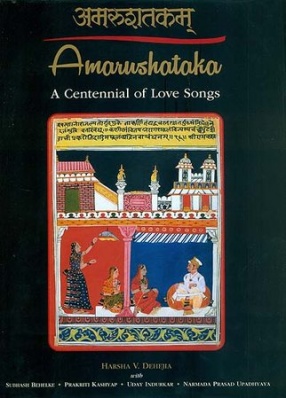
Harsha V Dehejia

Showing all 24 books

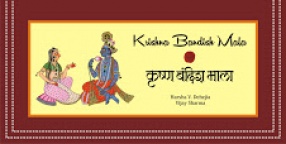

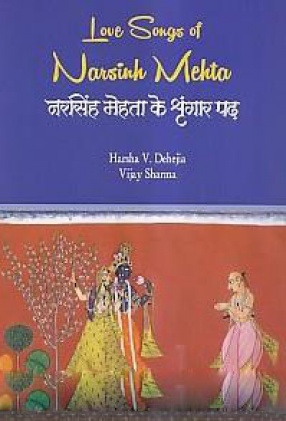
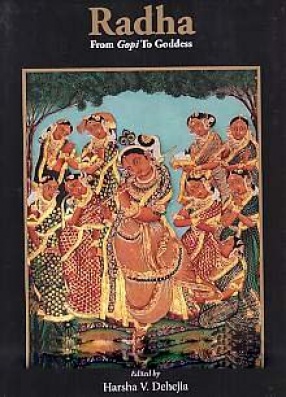
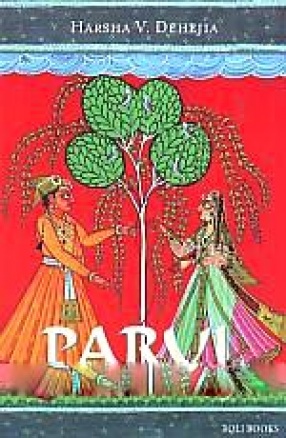
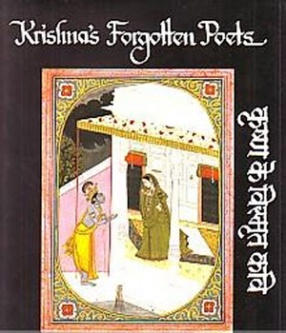
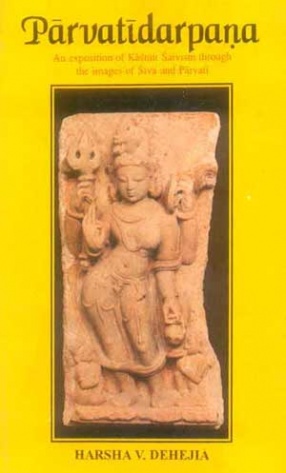
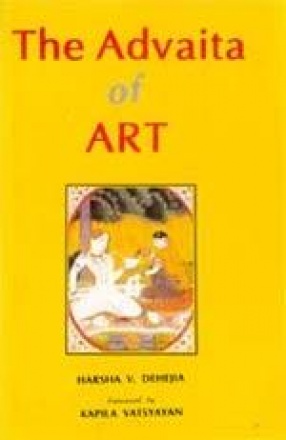
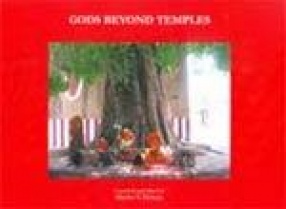

Amarushataka is considered to be one of the finest poetic creations in Sanskrit in ancient India and is a watershed development In the genre of Shringara Rasa. We do not know who the poet Amaru was, but a number of legends abound and it is believed that he lived in the seventh century. In Amaru’s poetic gems love is not measured but experienced, it is not evaluated socially but felt in the deepest recesses of the mind and heart. He paints the varied moods ...
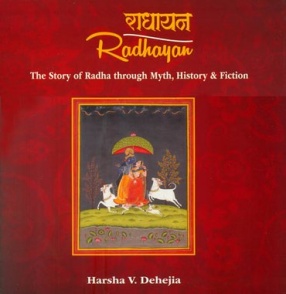
Of all the mythic Hindu pantheon none is more enigmatic and evocative than Radha. Appearing for the first time in Jayadeva's Gita Govinda, where she is the ultimate beloved, she traverses political dynasties, royal ateliers and social barriers to emerge as a consort of Krishna. Brought alive by poets, developing a colourful presence in the hands of painters, dancing through prosceniums and acquiring a lyrical life through songs, both classical and popular, Radha ...

Krishna shringara is a perennial legacy from the dasham skandha of the Bhagavata Purana, where the romance of Krishna in terms of his lilas and kridas is presented, to the tracks of Jayadeva, Narsinh Mehta, Vallabhacharya, the ashtachhaap kavis of Haveli Sangeet, Chaitanya, Bengal Vaishnava tradition, and the glorious period of Ritikavya. All these poetic streams flow into the river of khayal tradition, which in turn has significantly influenced the growth of ...

This volume, a visual journey, through its meticulous deliberations on the wall paintings and miniature paintings of Bundelkhand makes us reminisce the footfalls of valiant Bundella kings, ankle bells of elegant court-dancers, evocative poetry of mahakavi Kesvadas and the brilliant artistic skills of mural painters and many other historical events. These find their excellent expressions beyond the palaces of Orchha and Datia, and in many jagirs and thikanas such ...
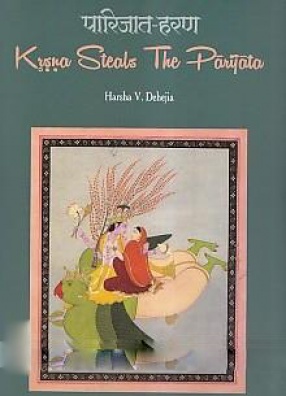
Krishna Steals the Parijata (Parijataharana) is a collection of a few accounts, edited by Harsha V. Dehejia, on Krishna forcibly taking away Parijata from Indra, which finds expression through the paintings of different kalams. Christopher R. Austin relates this event to the citations and narrations in Mahabharata and Harivamsha, wherein the focus is on Krishna’s effort to appease his perturbed wife Satyabhama, by fulfilling her desire to have Parijata from ...

Love Songs of Narsinh Mehta is a commentary on Narsinh Mehta’s love songs. Narsinh (1408-65), a Vaishnava bhakti poet of medieval India, is considered as the adi-kavi of Gujarat. He is also regarded as a shringara kavi, a poet of romance. The quintessence of his bhakti is prem and his prem has inherent bhakti, and therefore his poetry is regarded as shringara bhakti kavya.
Essentially shringara is the romantic celebration of the other, and when Narsinh's ...
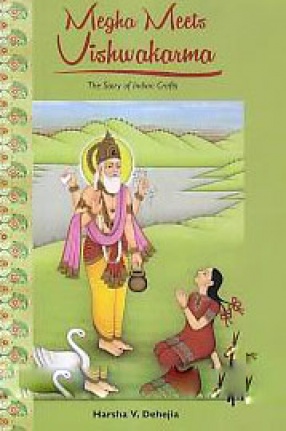

In tracing the evolution of Radha from that of a gopi to a goddess one traverses not only a span of several centuries, but travels through cultural divides, political dynasties and philosophical debates. She occupies a space which moves from the aesthetics of shringara rasa to the theology of shringara bhakti, from the madhurya of Pushtimarg Vaishnavism to the prema of Gaudiya Vaishnavism, taking in its stride the philosophies of Advaita and Dvaita, the ...

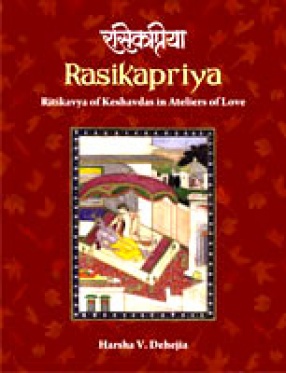
Rasikapriya is a lakshan granth, a foundational text, of ritikavya or mannered poetry, and Keshavdas is the father of ritikal. It was the early seventeenth century, and in the court of Raja Indrajit of Orchha in Bundelkhand, Keshavdas, the court-poet, would recite short romantic verses and the gathered connoisseurs of poets, musicians and dancers would respond, and the atelier would resonate with the many textures and hues of shringara. This was the beginning of ...
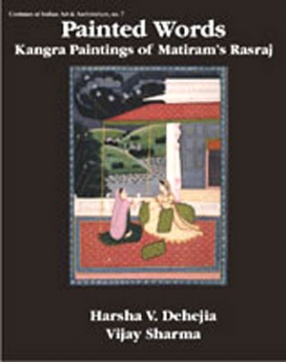
No celebration of ritikavya can be complete until we have enjoyed the sonorous poetry of Matiram and the sensuous images of Purkhu. With well sculpted words and lyrical rhythms Matiram takes us into the rarefied world of the nayak and the nayika, their amorous exchanges, the sensuality of loving glances, the charged moments of romantic feelings, the heart throb of belonging, the poignancy of longing and above all the fulfilment of desire. Line by line and doha ...
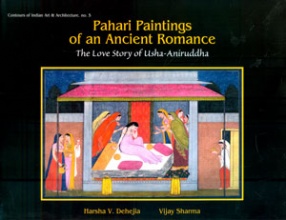
Among ancient love stories of India, that of Usha-Aniruddha has a pride of place. Being a part of various Puranas such as the Harivamsha, Bhagavata and Vishnu Puranas it acquires a sacrality and legitimacy. We are privy to the interaction of all the three gods, namely Vishnu, Shiva and Brahma. The highlight of the story is the romantic involvement of Krishsa's grandson Aniruddha and Banasura's daughter Usha. Between scenes of a pitched battle between ...


In Parvatidarpana Harsha V. Dehejia exposits the basic tenets of Kasmir Saivism through the celebrated marriage of Siva and Parvati and the image of the Ardhanarisvara. Enjoyment of the mythic marriage and the image leads to a greater understanding of Kashmir Saivism, and the epistemology of this philosophical system in turn leads the aesthete to a greater celebration of the arts inspired by this mythic event. Image leads to the idea and the idea in turn leads ...
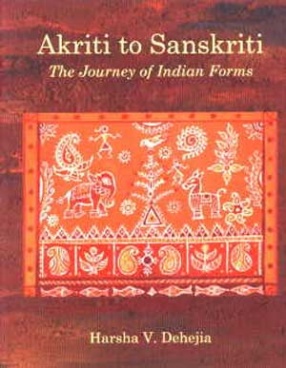
India is a civilization of many images, a culture of many visual feasts, a tradition where the visible and the palpable are as important as the oral and the occurrent, where our highest truths are embodied not only in our erudite texts but in our kathas (stories) and gathas (songs), akritis (visual forms) and rachanas (compositions), rich with a variety of forms, shapes, designs and motifs.Akriti to Sanskriti : The Journey of Indian Forms explores some akritis ...
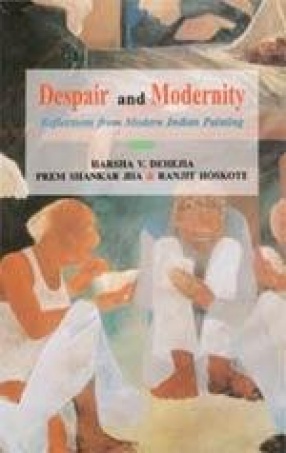
Dehejia has tried to create a place within the main frame of culture and philosophy of Indian art for a legitimate analytic theory called despair. Dehejia’s effort creates a space for the modern within Indian classicism, by negotiating the philosophy of despair in classical terms. As a result the basic schism that has grown in recent years between the philosophy and history of modern art, on the one hand and the philosophy and history of traditional arts, is ...

This inquiry is an undertaking to demonstrate that aesthetic experience in the classical Indian tradition, on its own merit, without being subordinated to rituals and practices commonly held under the rubric of religion, is capable of providing a transcendent experience to a prepared aesthete. Dr. Dehejia examines the dynamics of two aesthetic processes, that stemming from aesthetic emotion or rasa and from aesthetic form or rupa, and cogently underpins them ...

A Peculiar feature of the classical aesthetic thought in India has been the emphasis on the art experience as a special state of being, defined not so much by saundarya or beauty as by ananda or beatitude. Yet, saundarya has been a crucial ingredient in the aesthetic experience, prevalent not only in traditional are objects but also in articles of daily life. The discourse of saundarya, as distinct from its experience, was however conducted by or on behalf of the ...
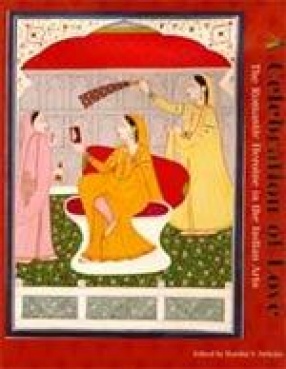
Harsha V. Dehejia has gathered a galaxy of scholars from around the world to take the reader on a journey that celebrates the romantic heroine in the Indian arts. It is a visually rich journey which takes us to opulent havelis and bucolic groves, temples and courtyards, where we meet kings and nobility and also artists and artisans, as we hear whispers of gopis and the footfalls of Krishna. We encounter the nayika in miniature paintings and temple sculptures, ...
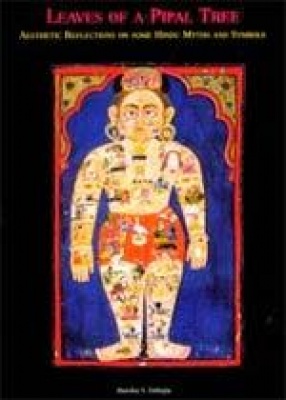
India is a civilization of many images, a culture of many visual feasts, a tradition where the visible and the palpable are as important as the oral and the occurrent, where our highest truths are embodied in our kathas and gathas, our songs and stories, where our temples are not only places of worship but equally a gallery of beautiful forms and figures, where myth is as important as doctrine, where ancient memories are full of cherished narratives, where mythic ...

The sacred in the Indian tradition is more an experience than a concept and goes much beyond the narrow confines of an organized temple or even a shrine. The gods of this tradition, as well as those who hold them sacred, are simple and unpretentious yet dignified and self-assured. Whether it is a tree that is held sacred or a naturally occurring stone that is revered, a river that is the embodiment of divinity itself, an ancestor that is worshipped, a fabric that ...
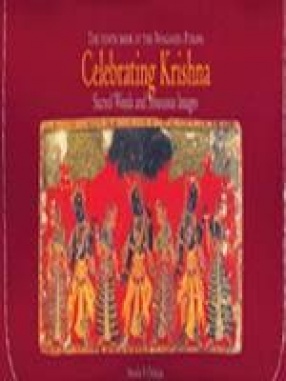
Srimad Bhagvatam or the Bhagvata Purana has occupied an uninterrupted position of centrality in the religious life of Vaishanavas for over a millennium and is considered their principal religious text. It is in the tenth chapter of this Purana that the life and cosmic deeds of Krishna unfold. In particular it recounts the amorous adventures of Krishna with the gopis in the enchanted forest of Vrindavana. Besides its theological importance the Bhagavata has ...

To wait under the kadamba tree is to invite Krishna into our lives, prepare for his arrival with anticipation and adornment, and then when we hear his flute, surrender ourselves completely to him so that we may be touched by his mellifluous love, a love so divine that we forget our mortal world and enter the magical and charmed world of his love. The kadamba tree is Krishna’s tree, of all the trees in Vrindavana it is here that he plays his flute and ...
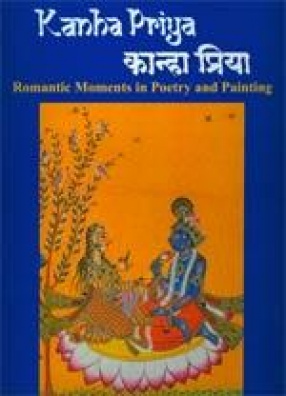
In this portfolio we present compositions by contemporary artists. Led by Vijay Sharma of Chamba, who is a celebrated master artist, these artists from Rajasthan and Himachal have kept alive the traditions of miniature painting that originated in the ateliers of Rajput courts many centuries ago. It is as if the energy and inspiration of masters such as Sahibdin and Manohar, Nainsukh and Ranhja flows through their kalam, keeping alive a beautiful tradition of ...
